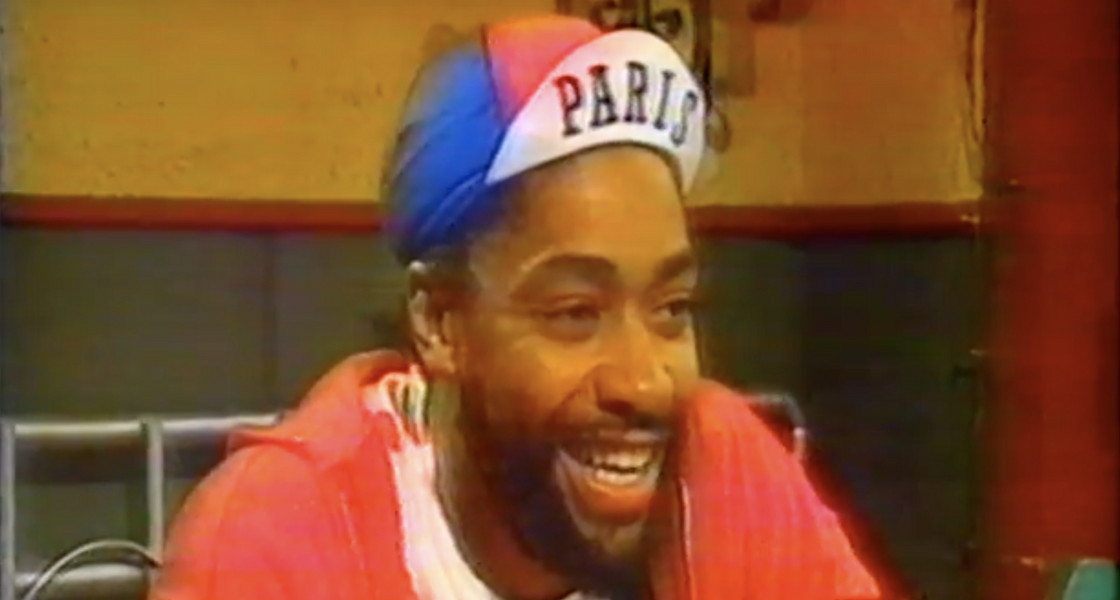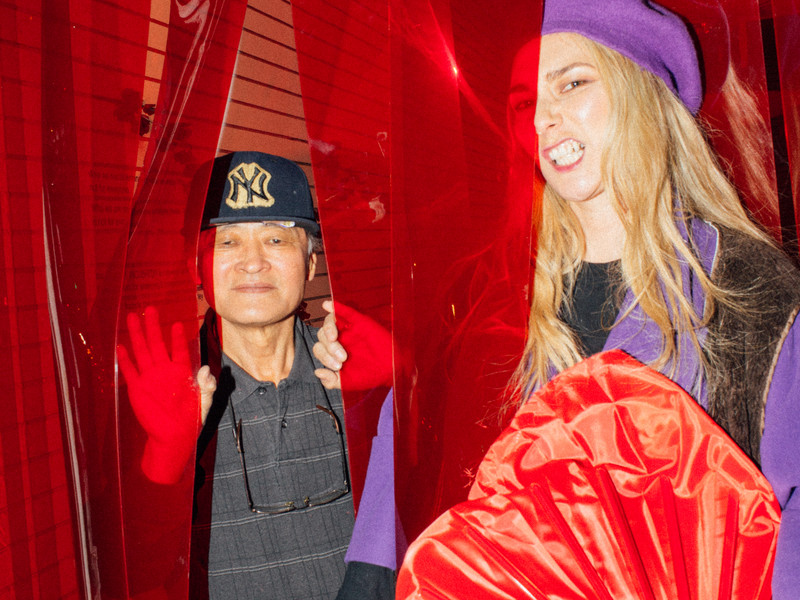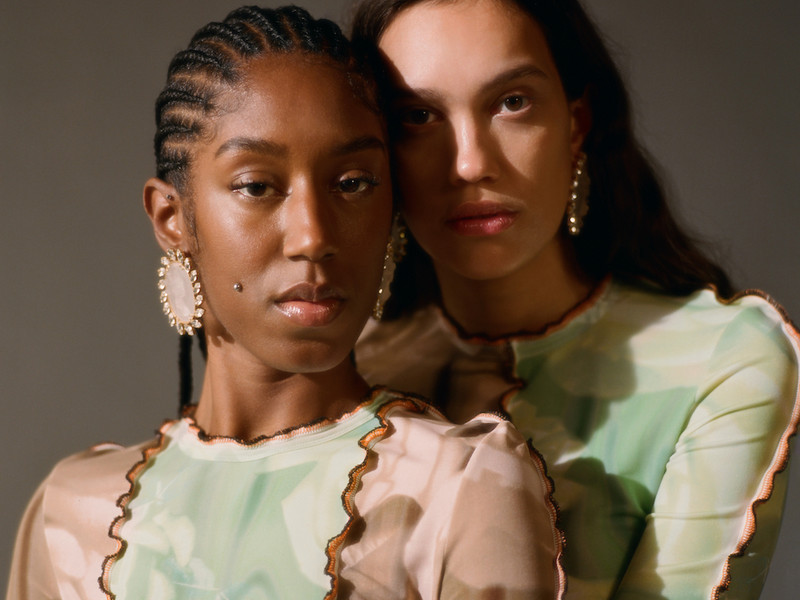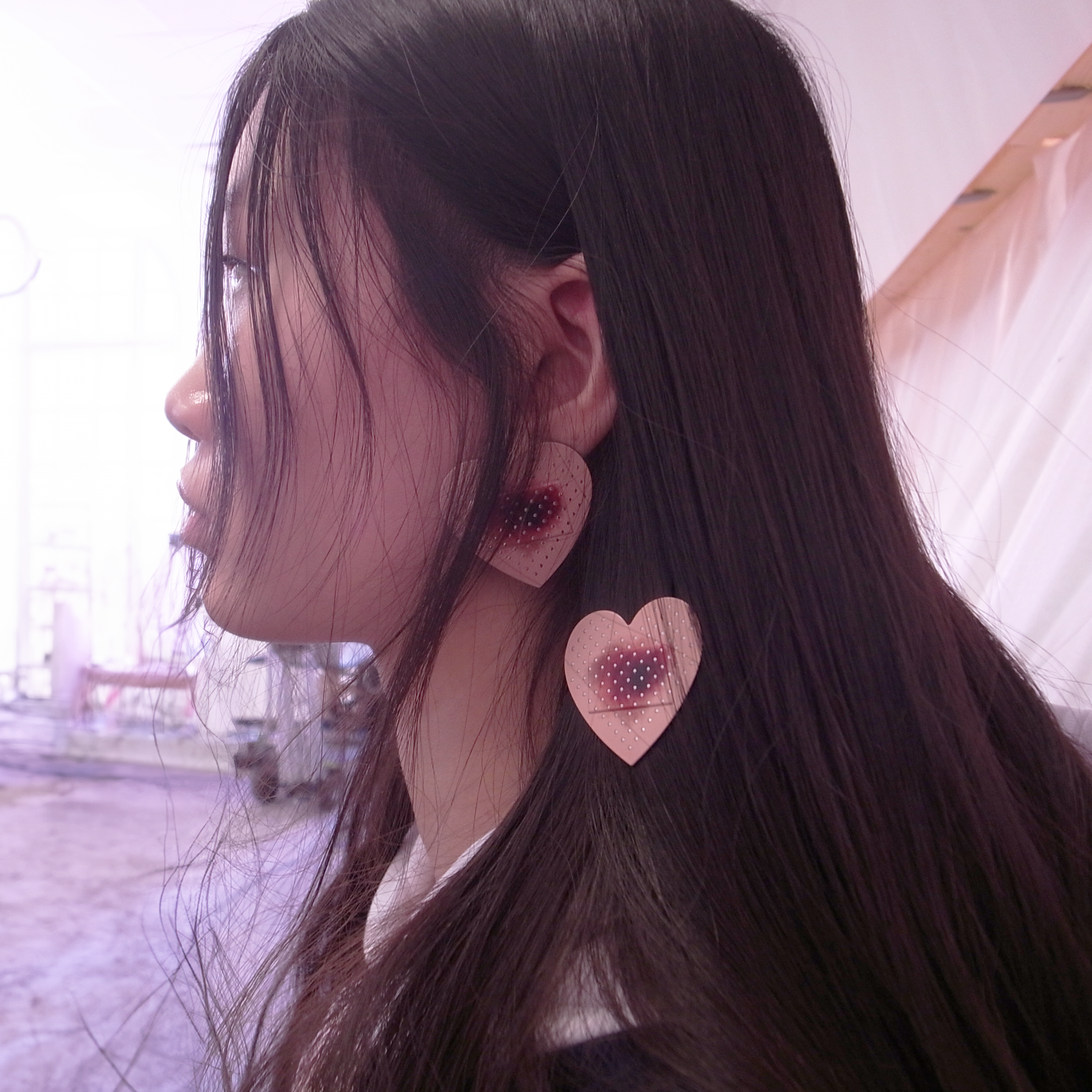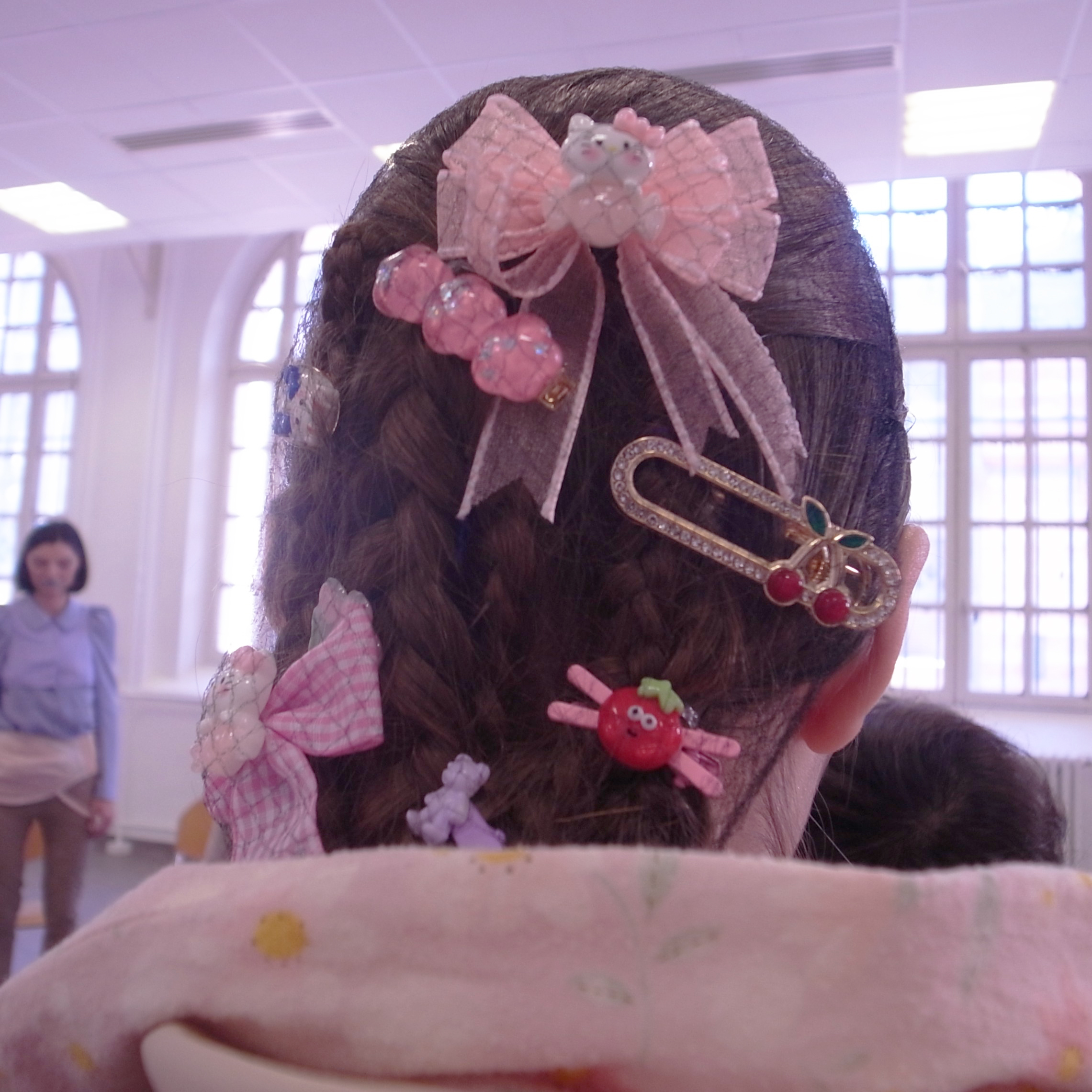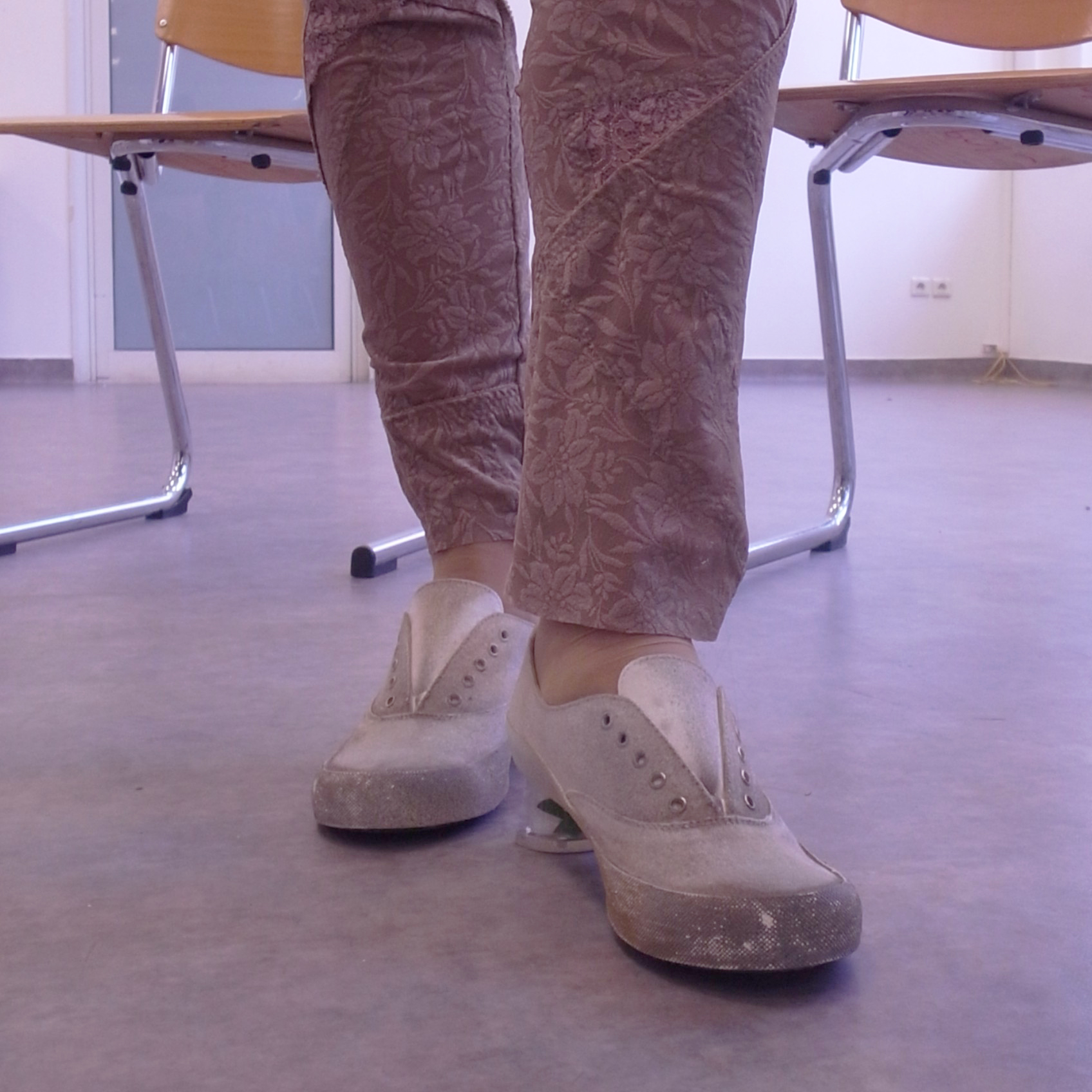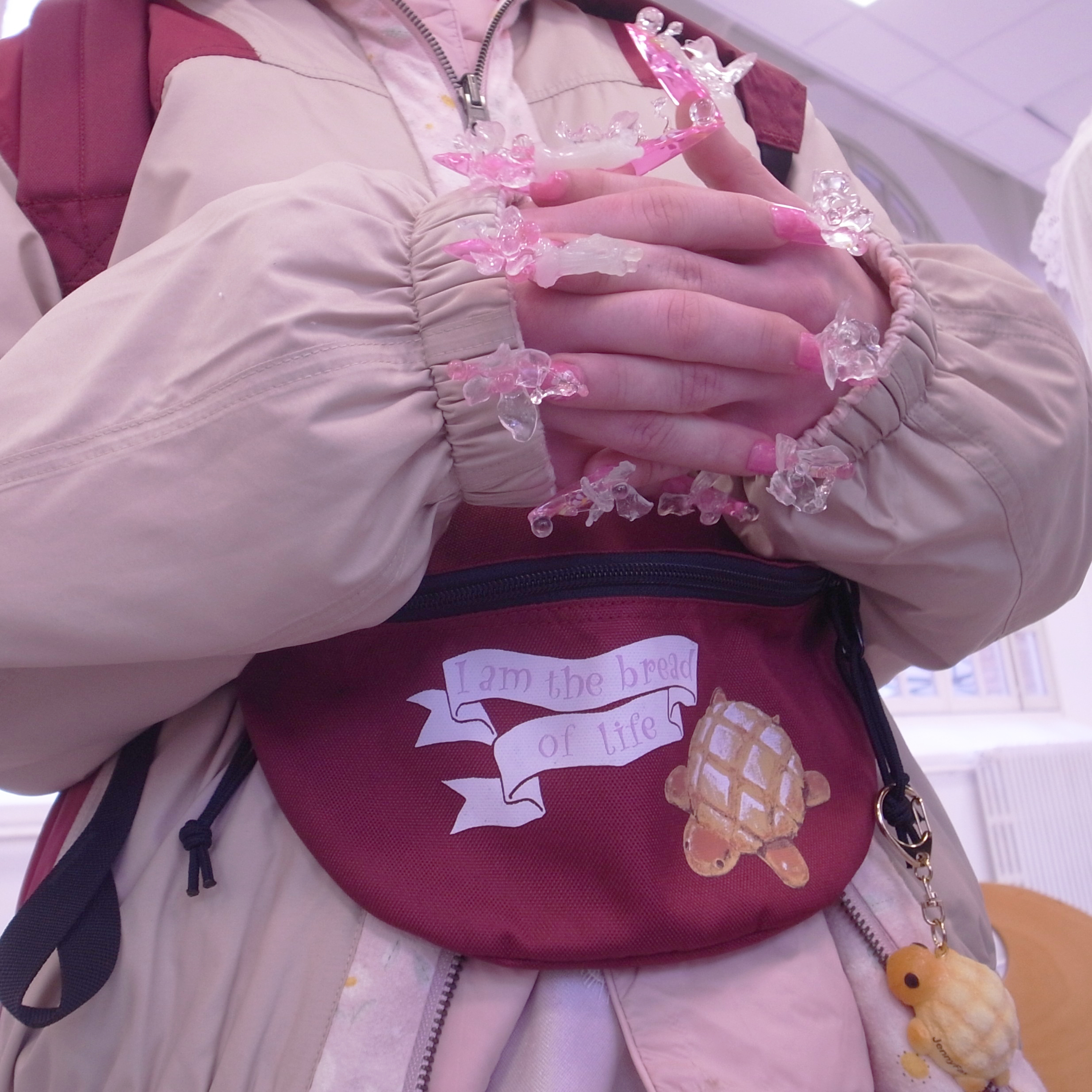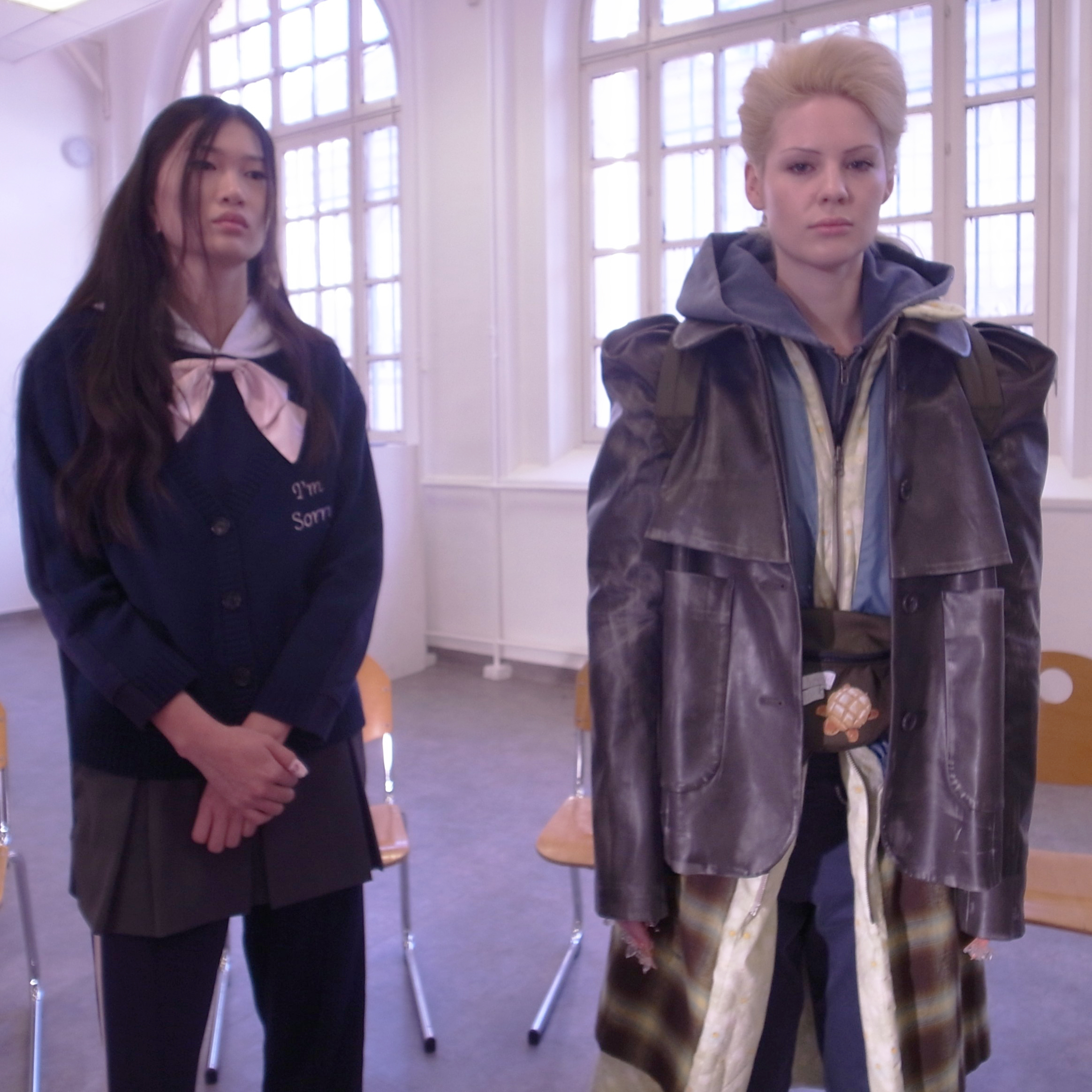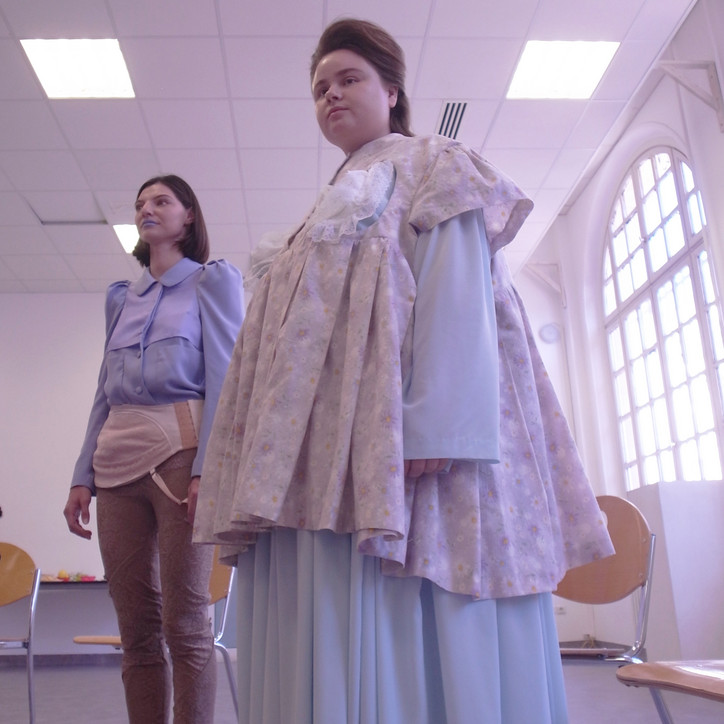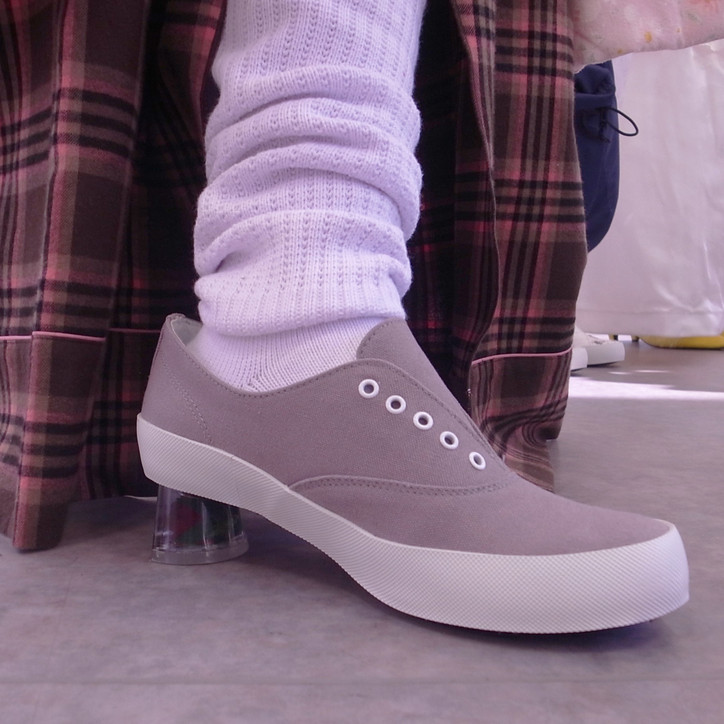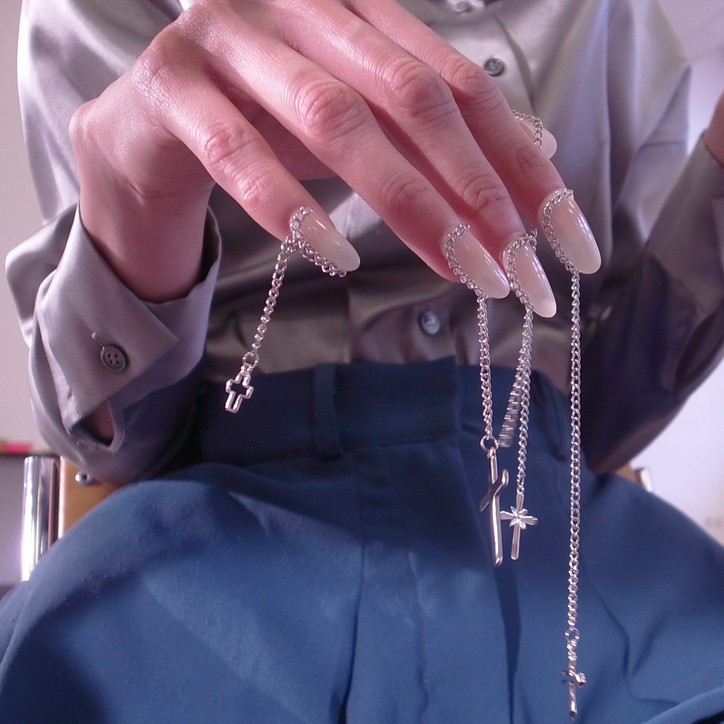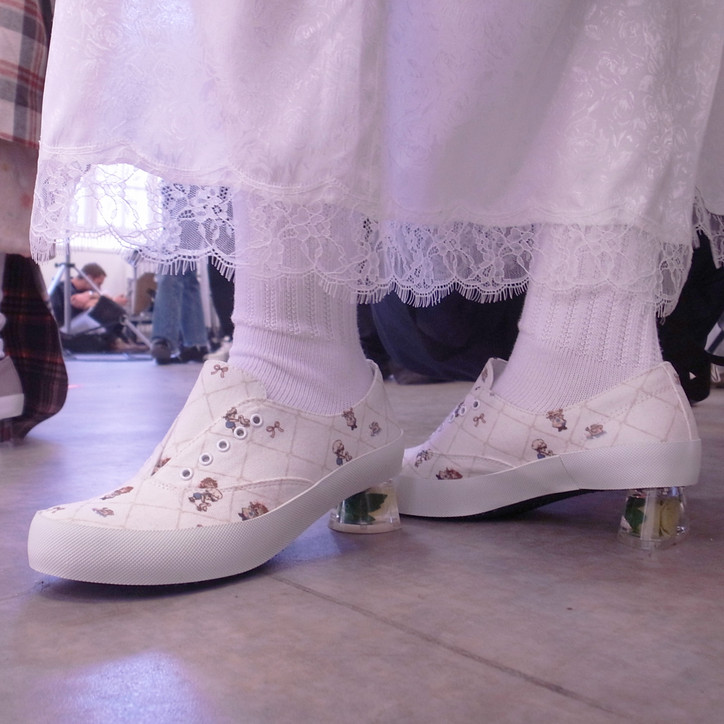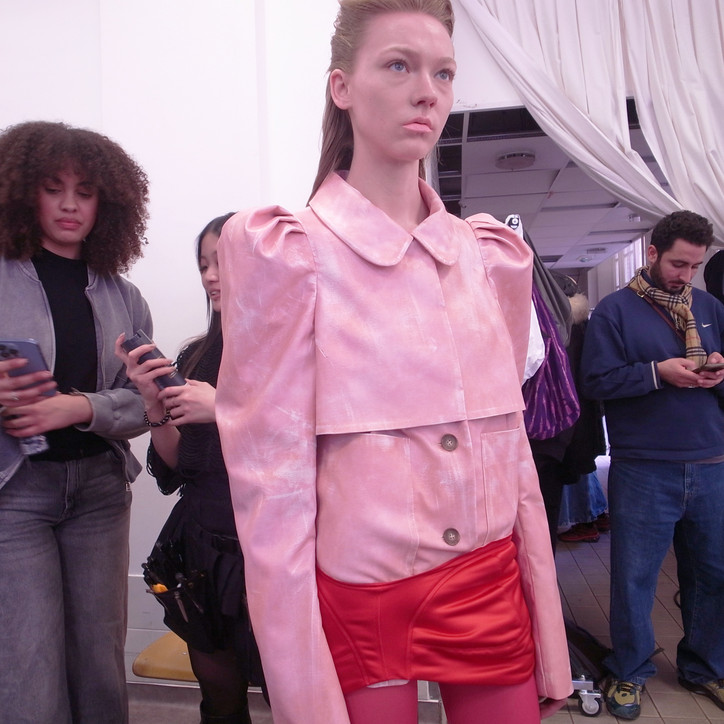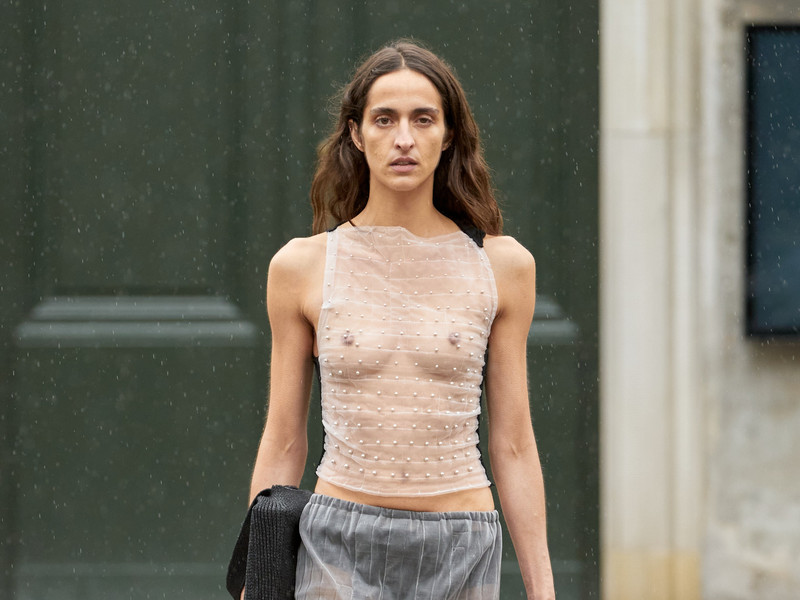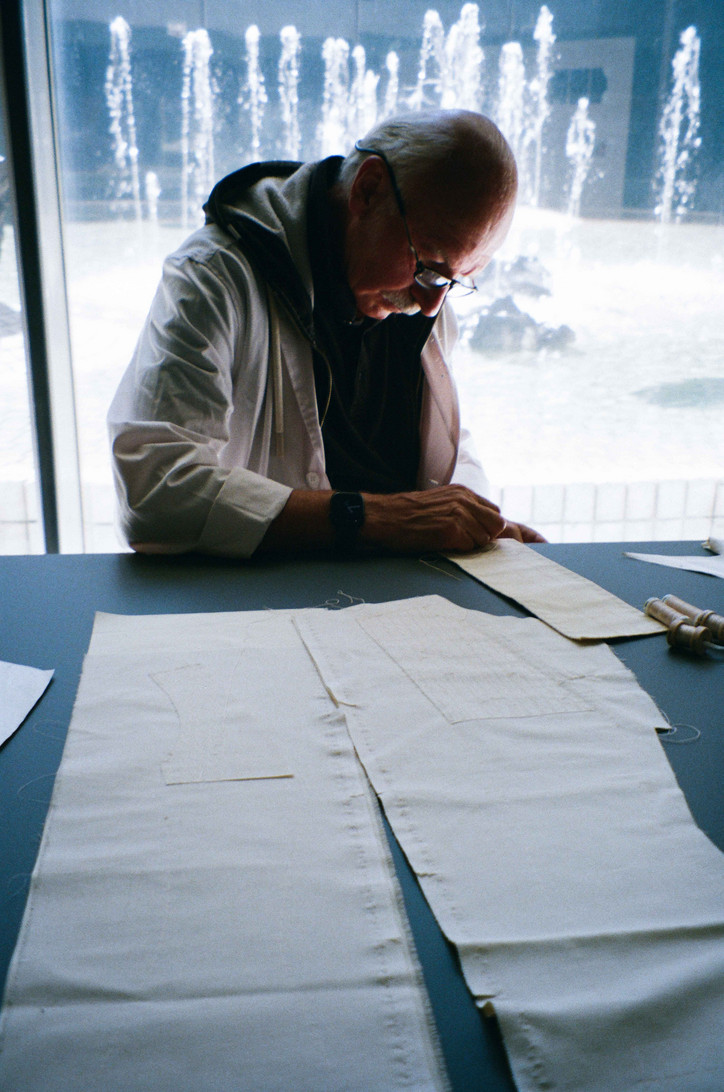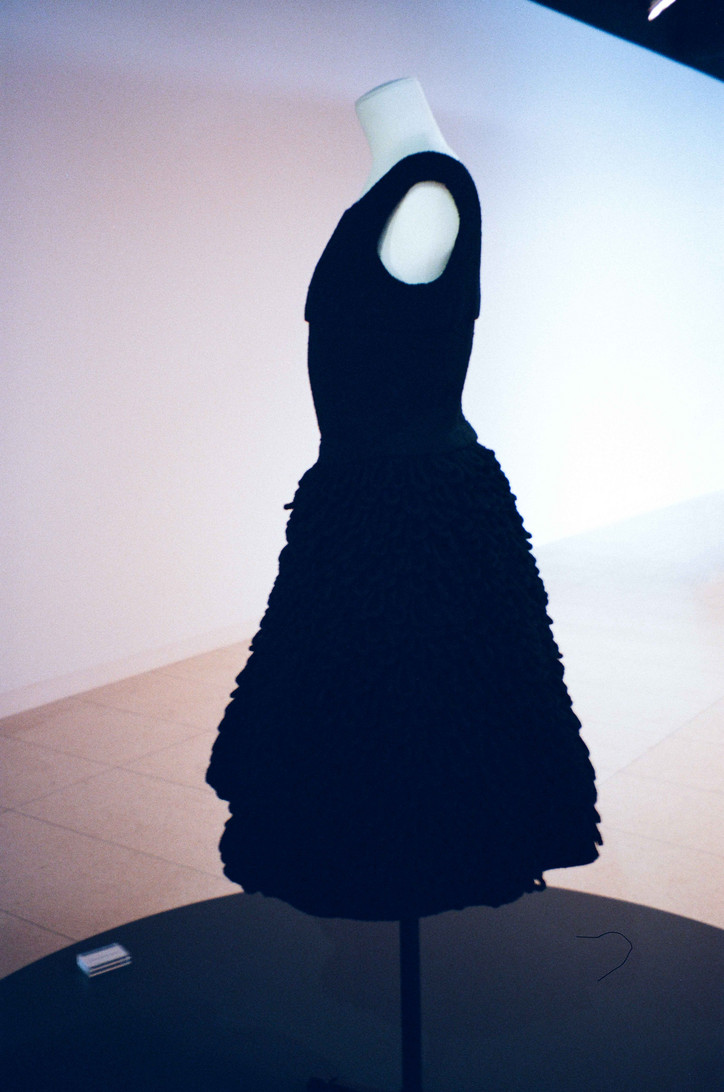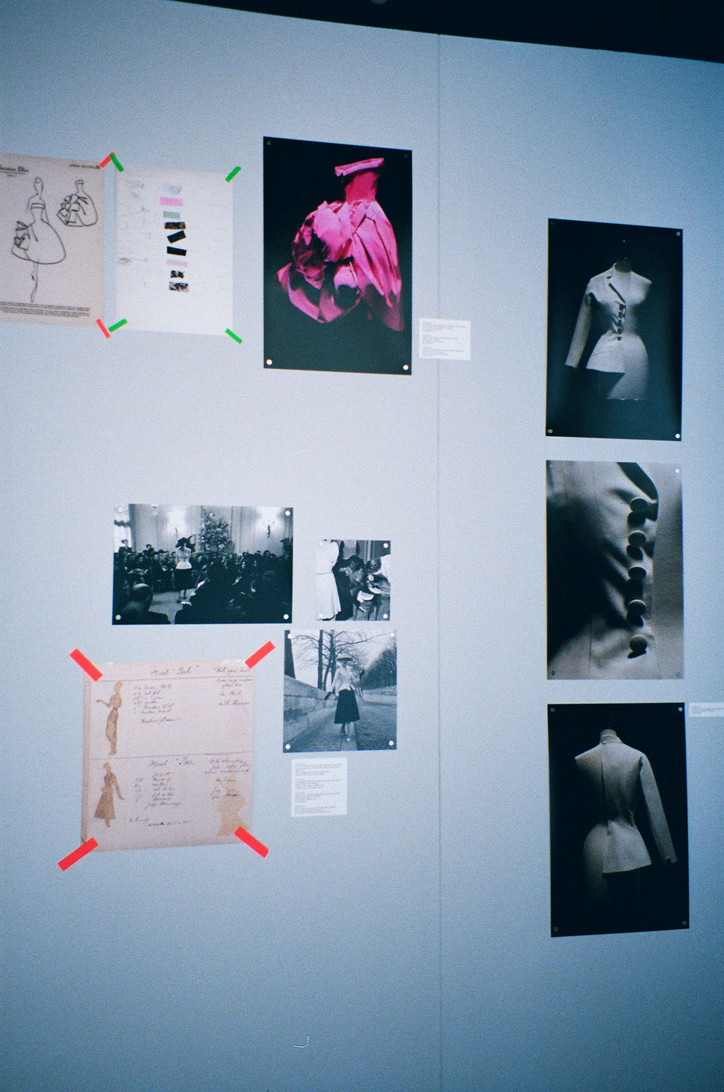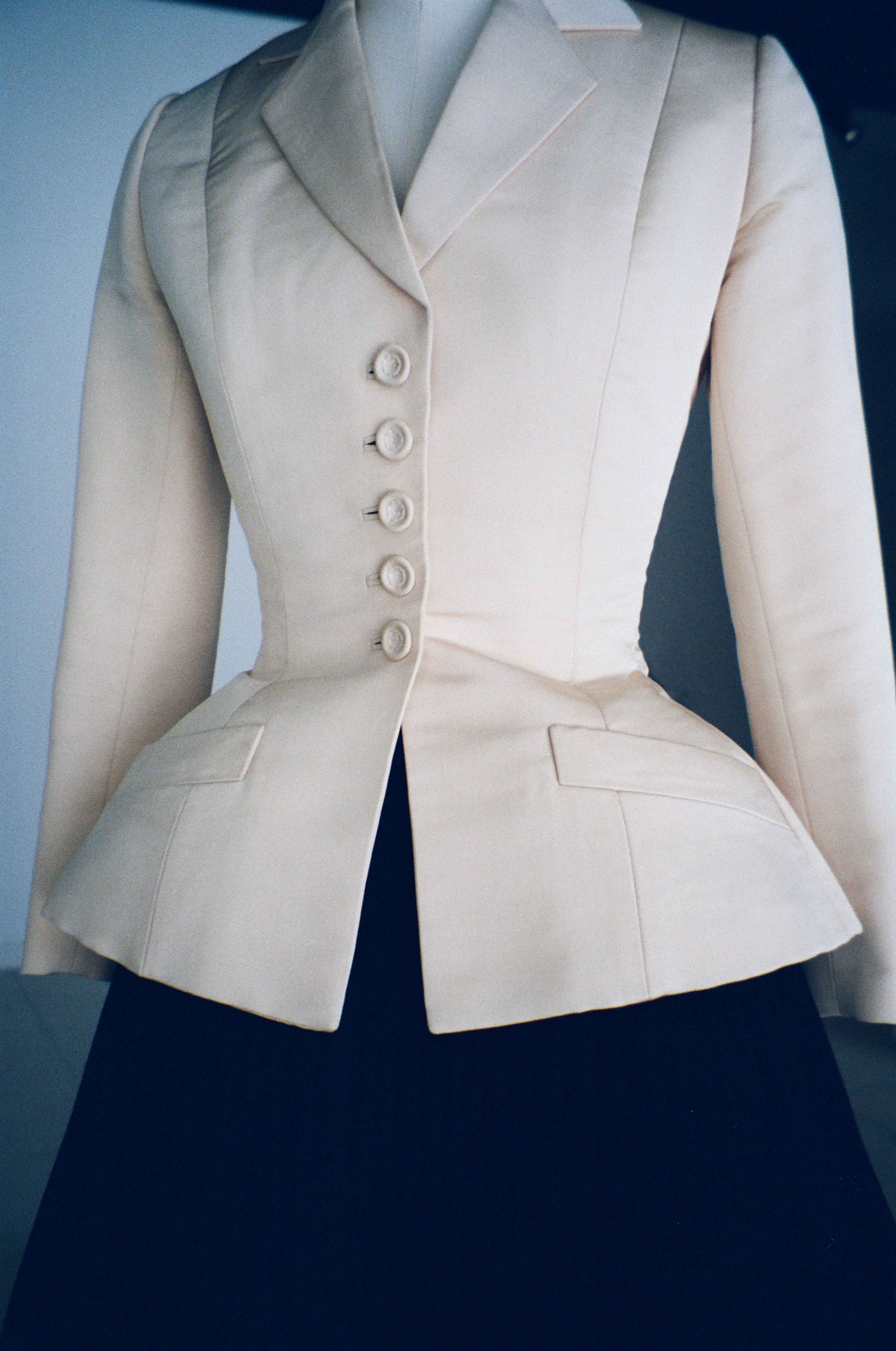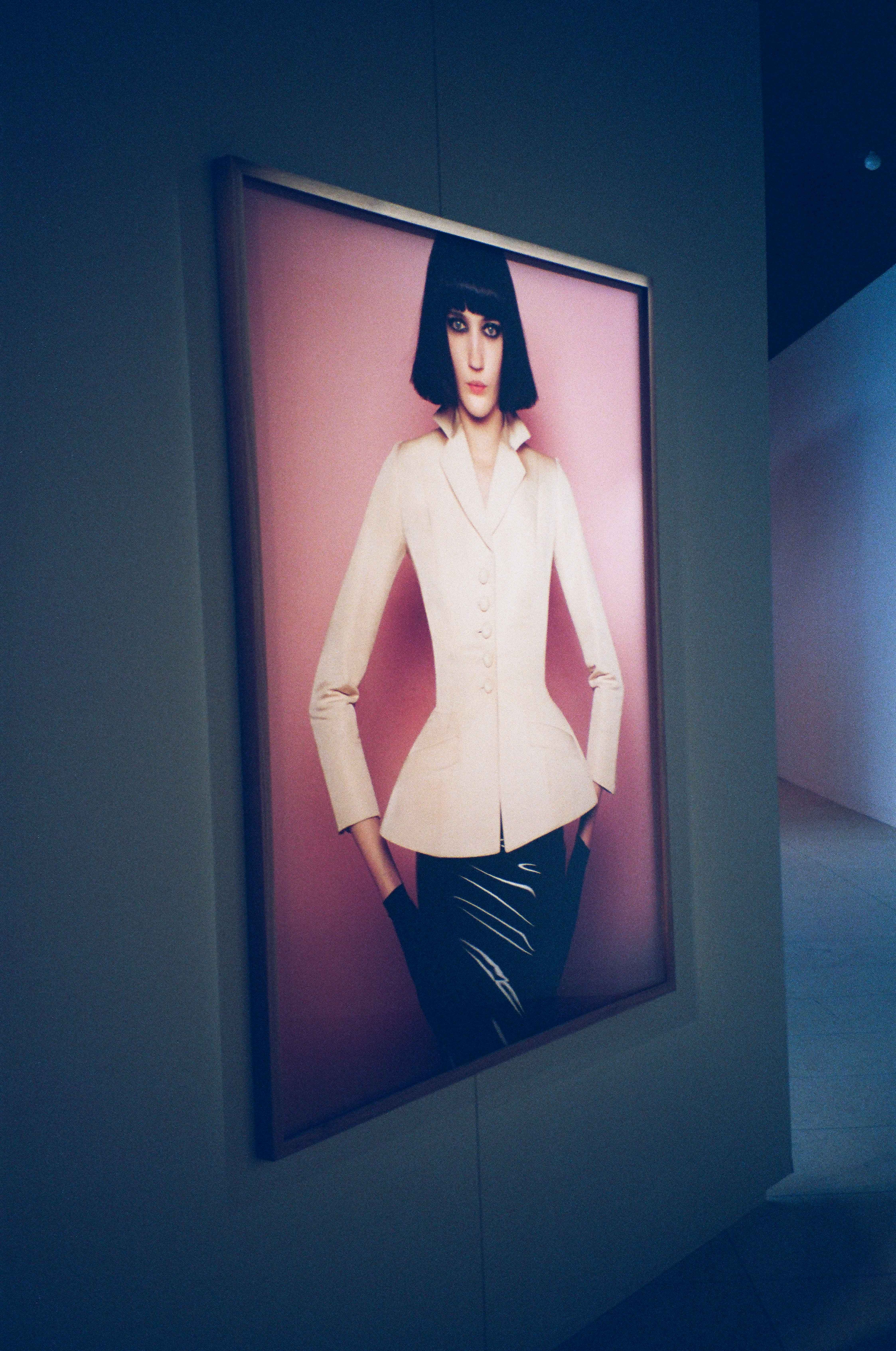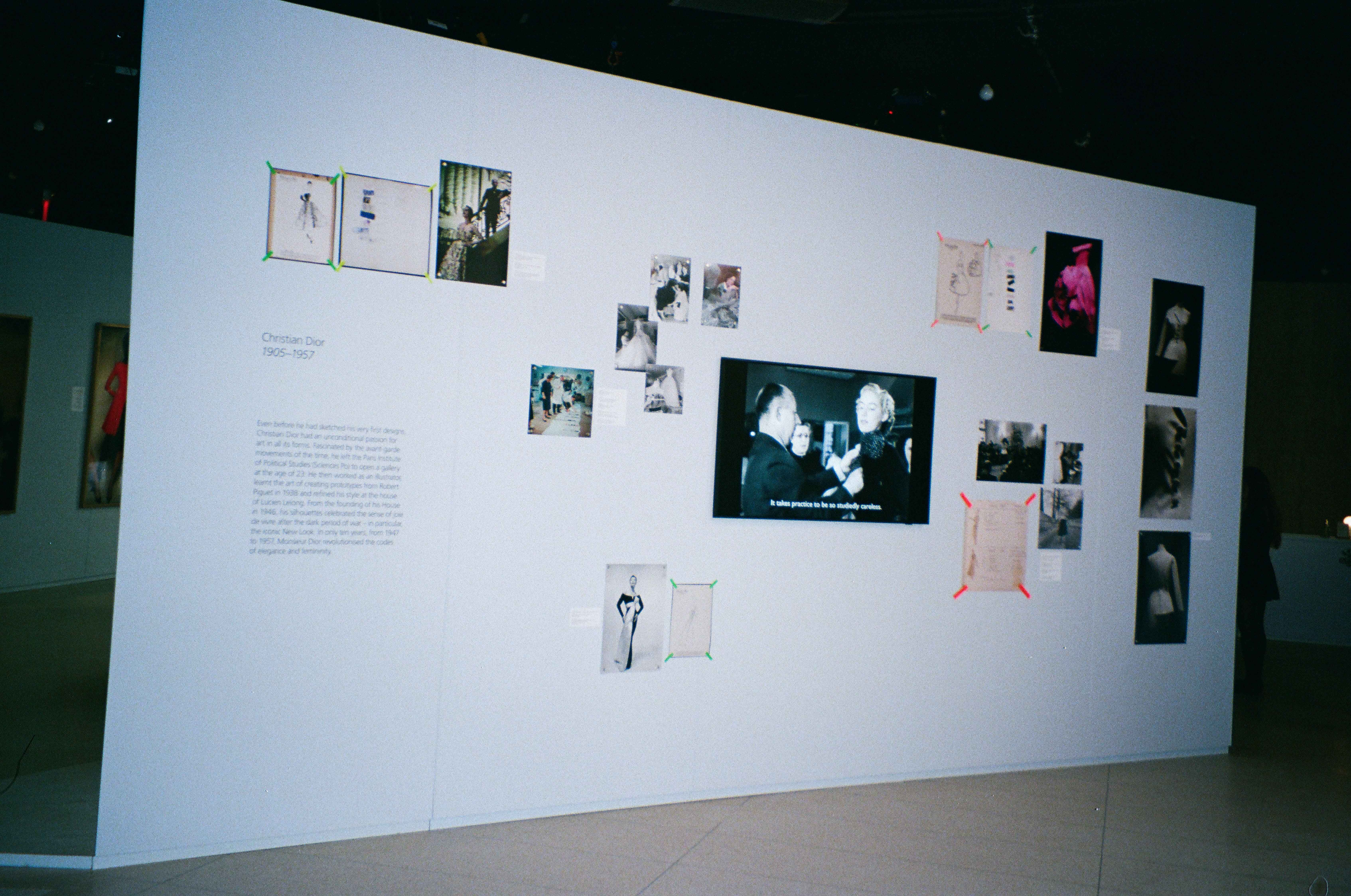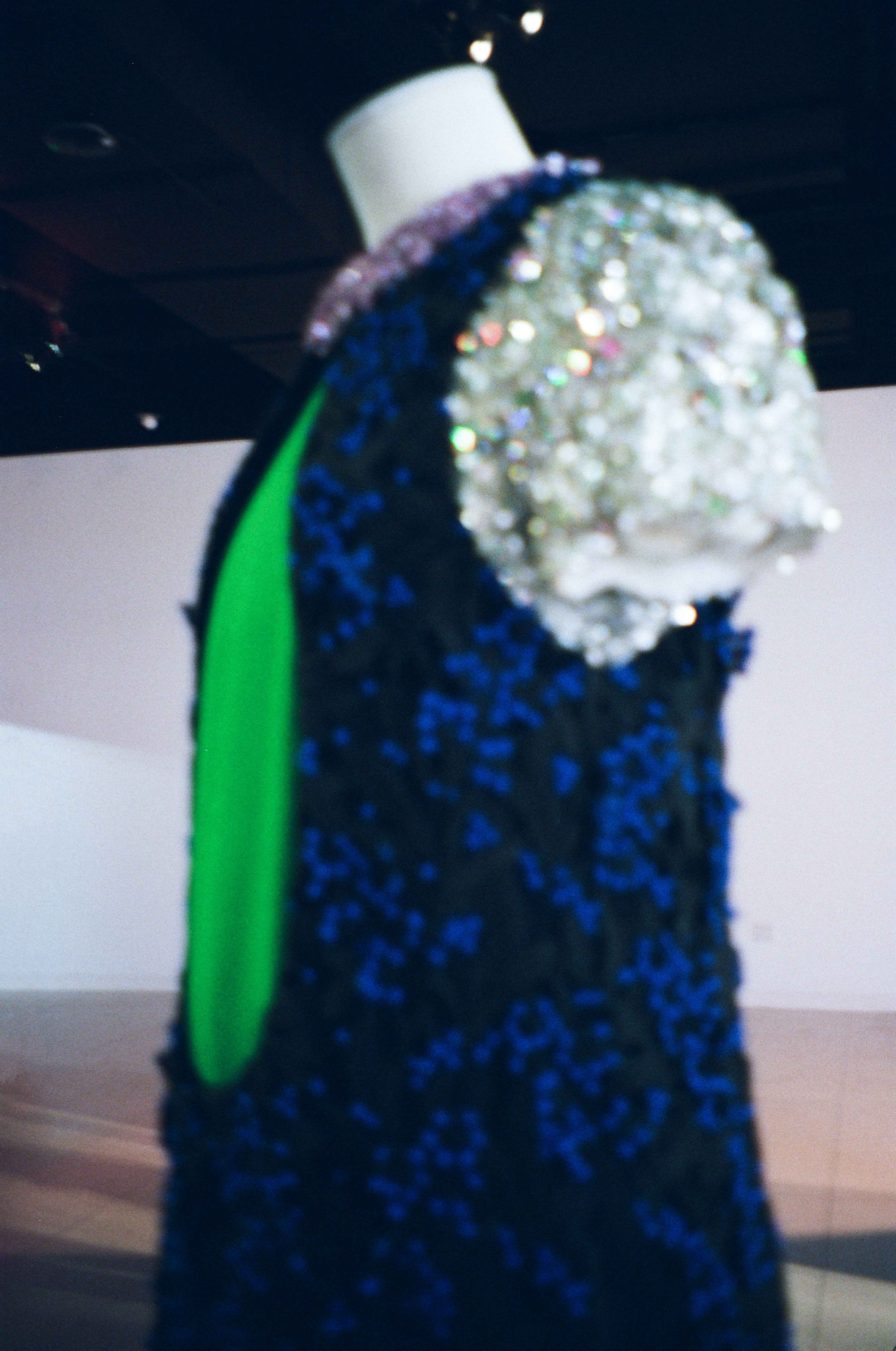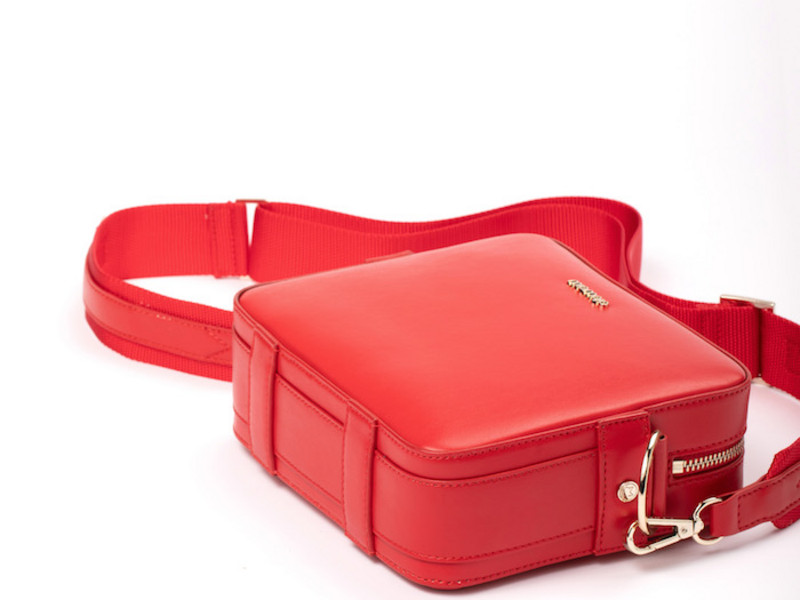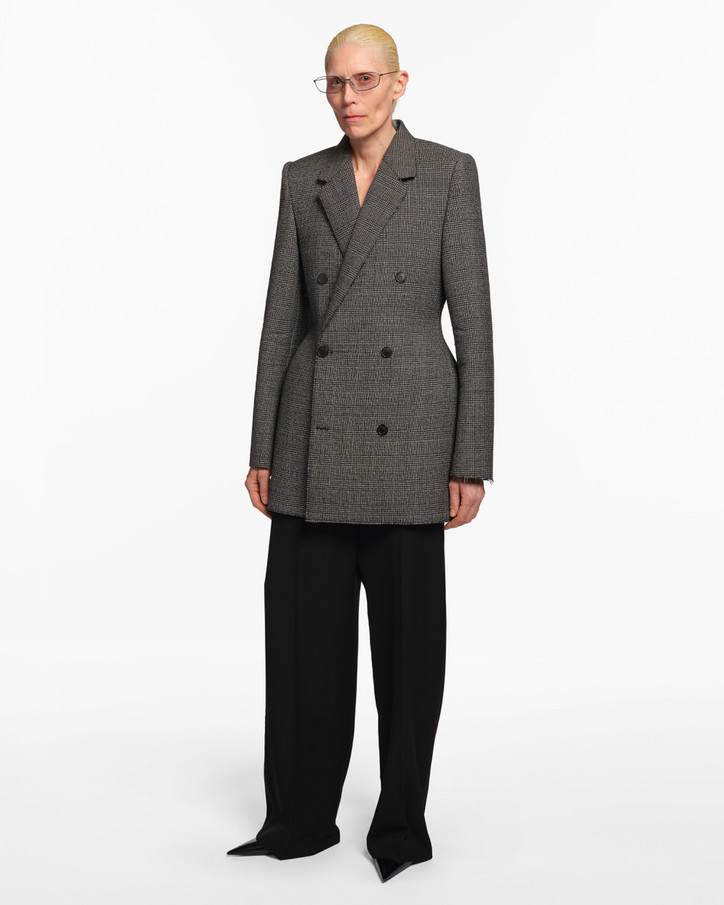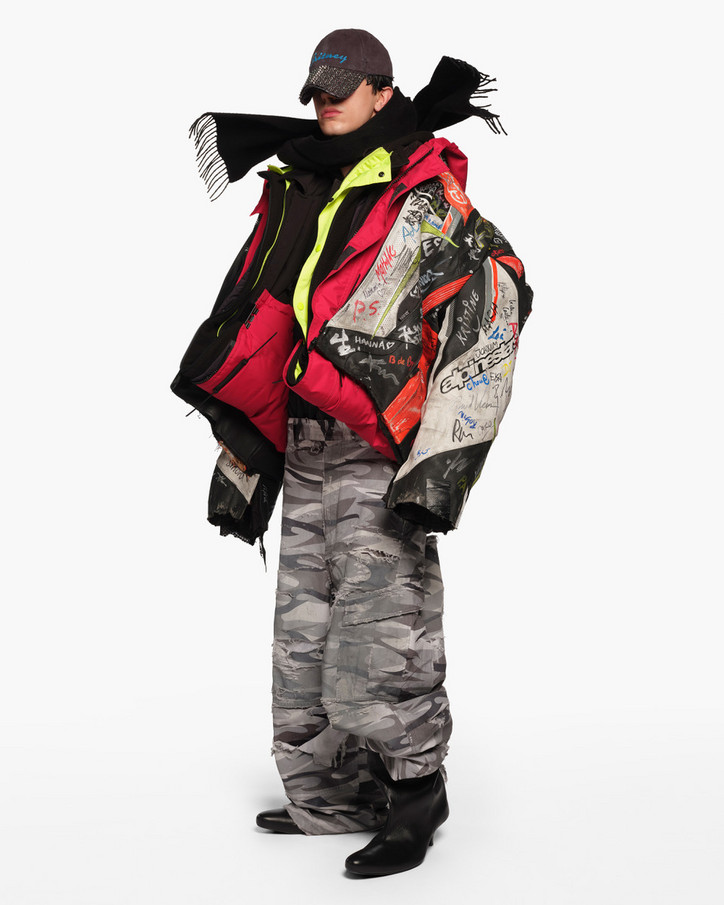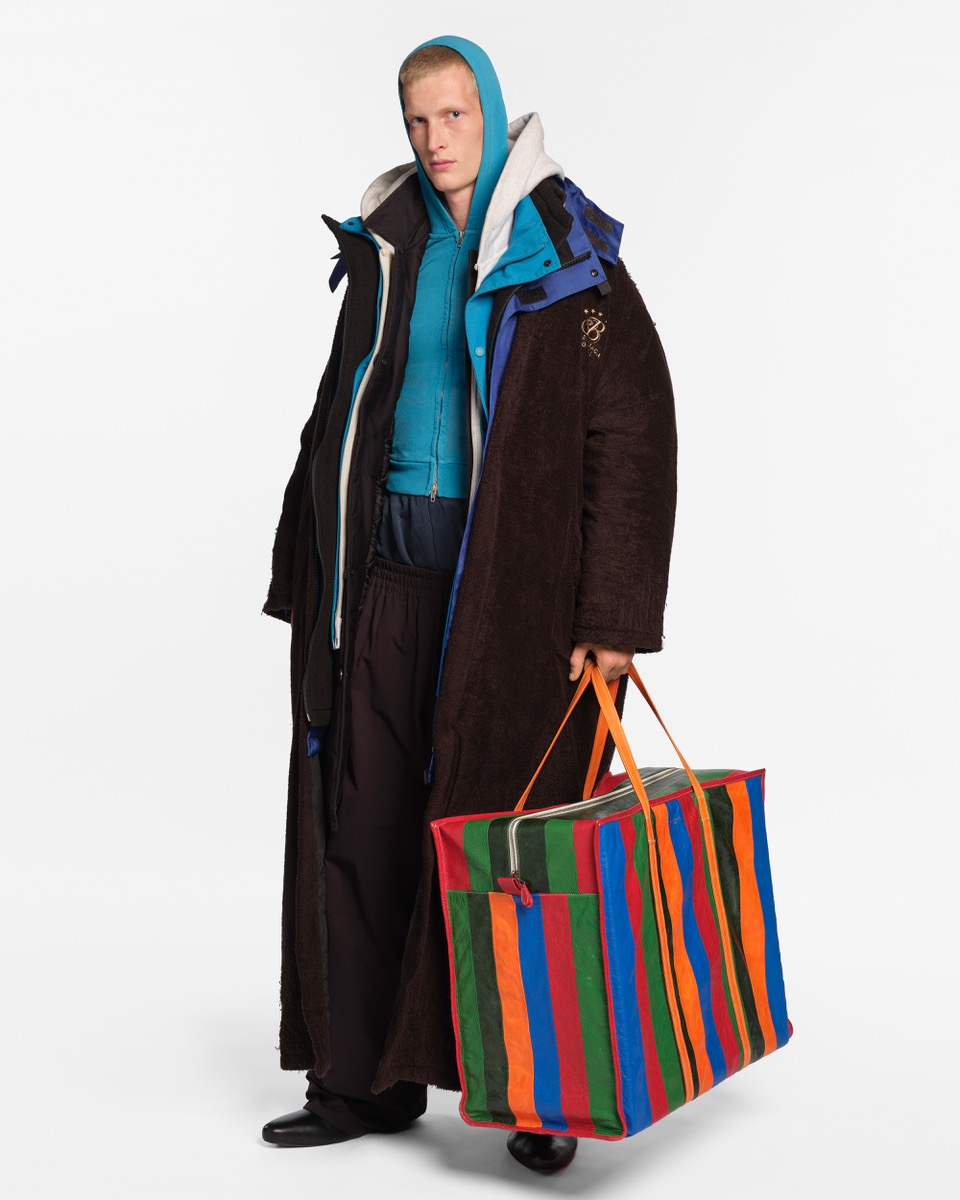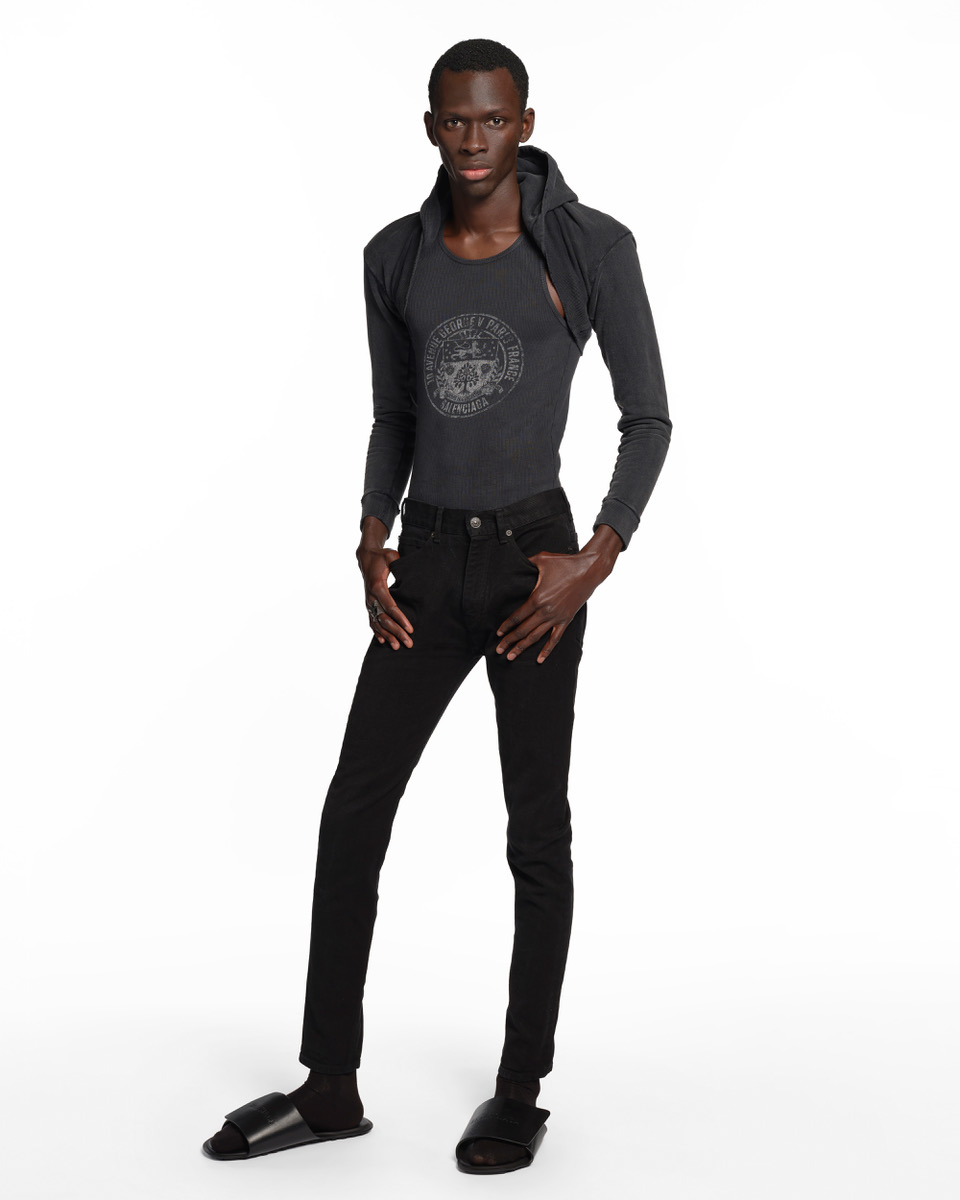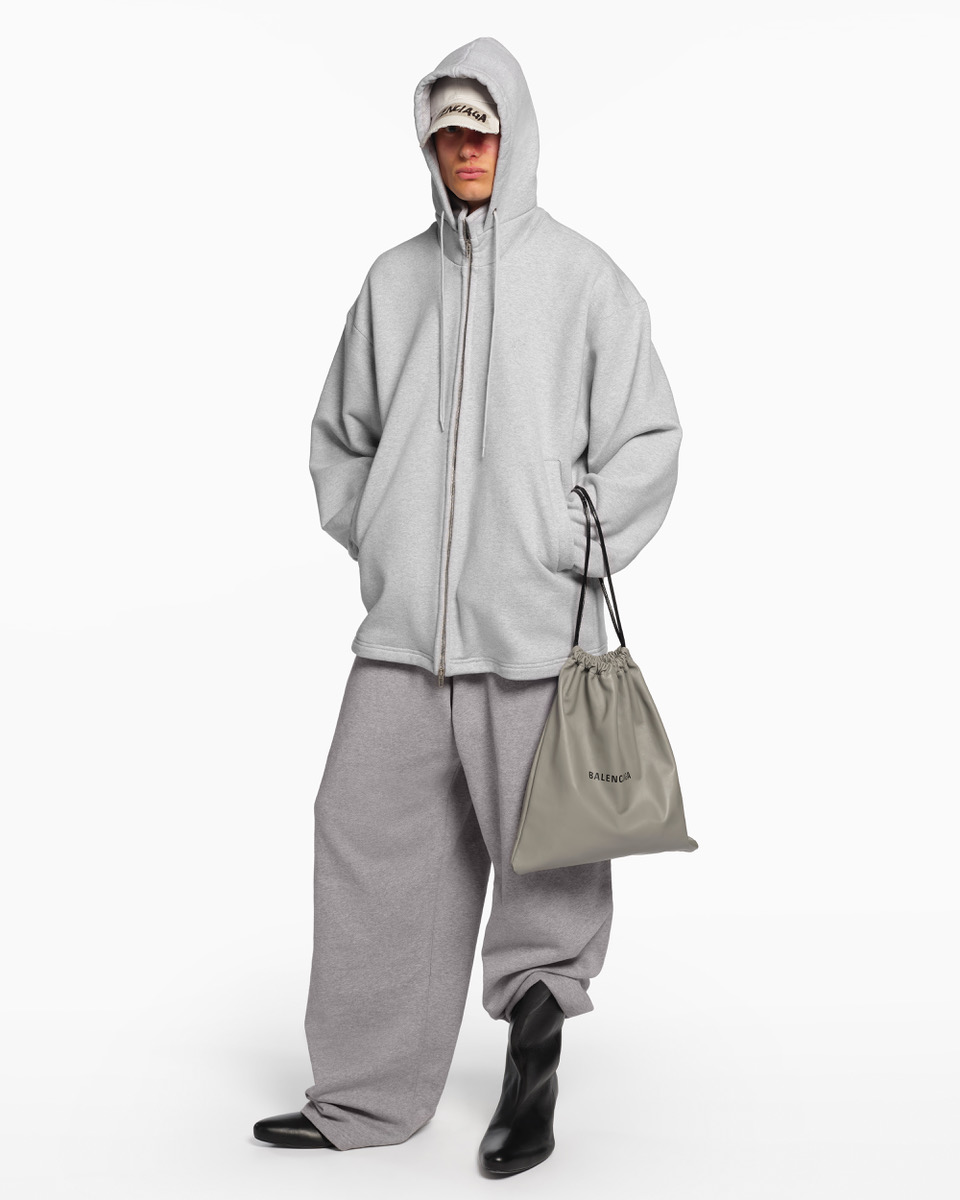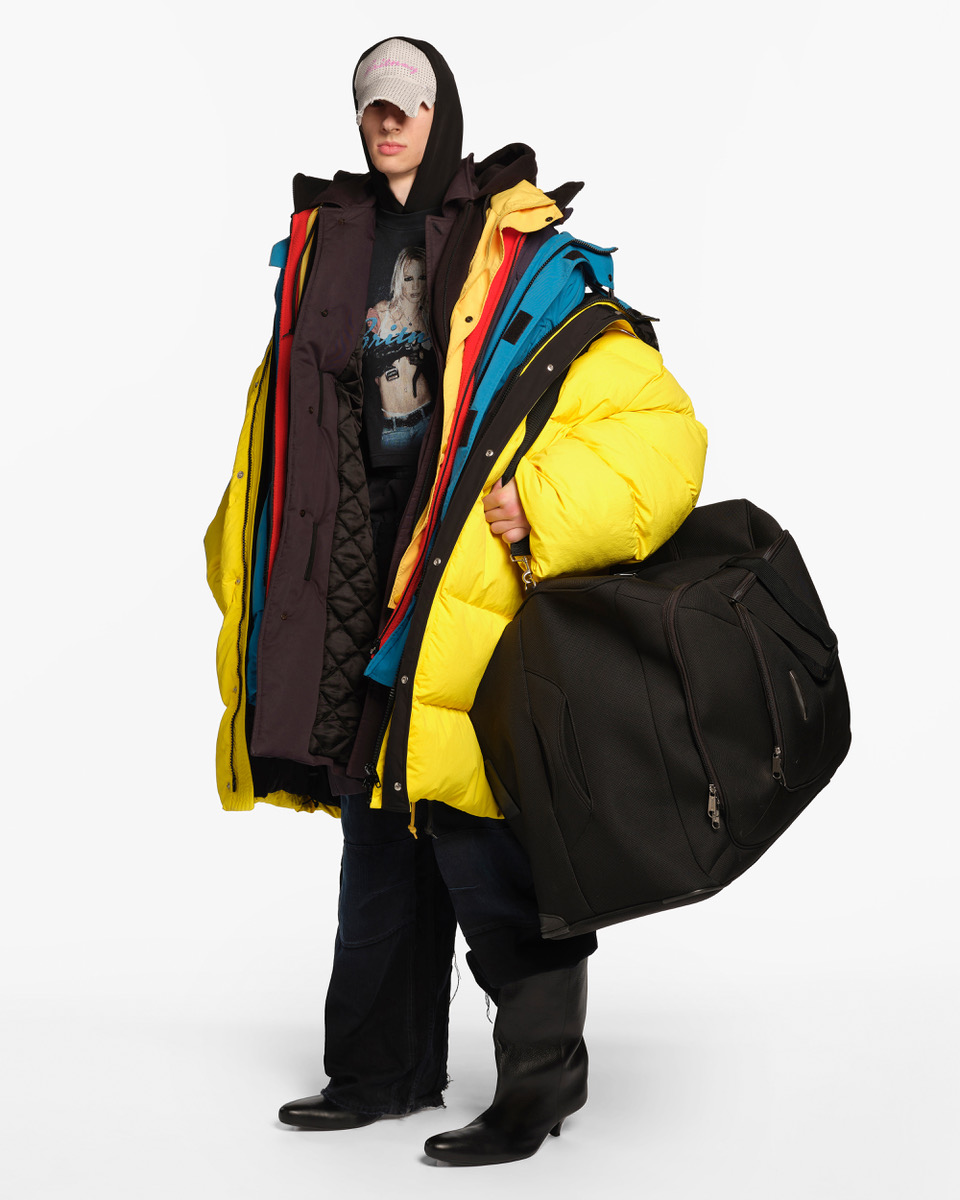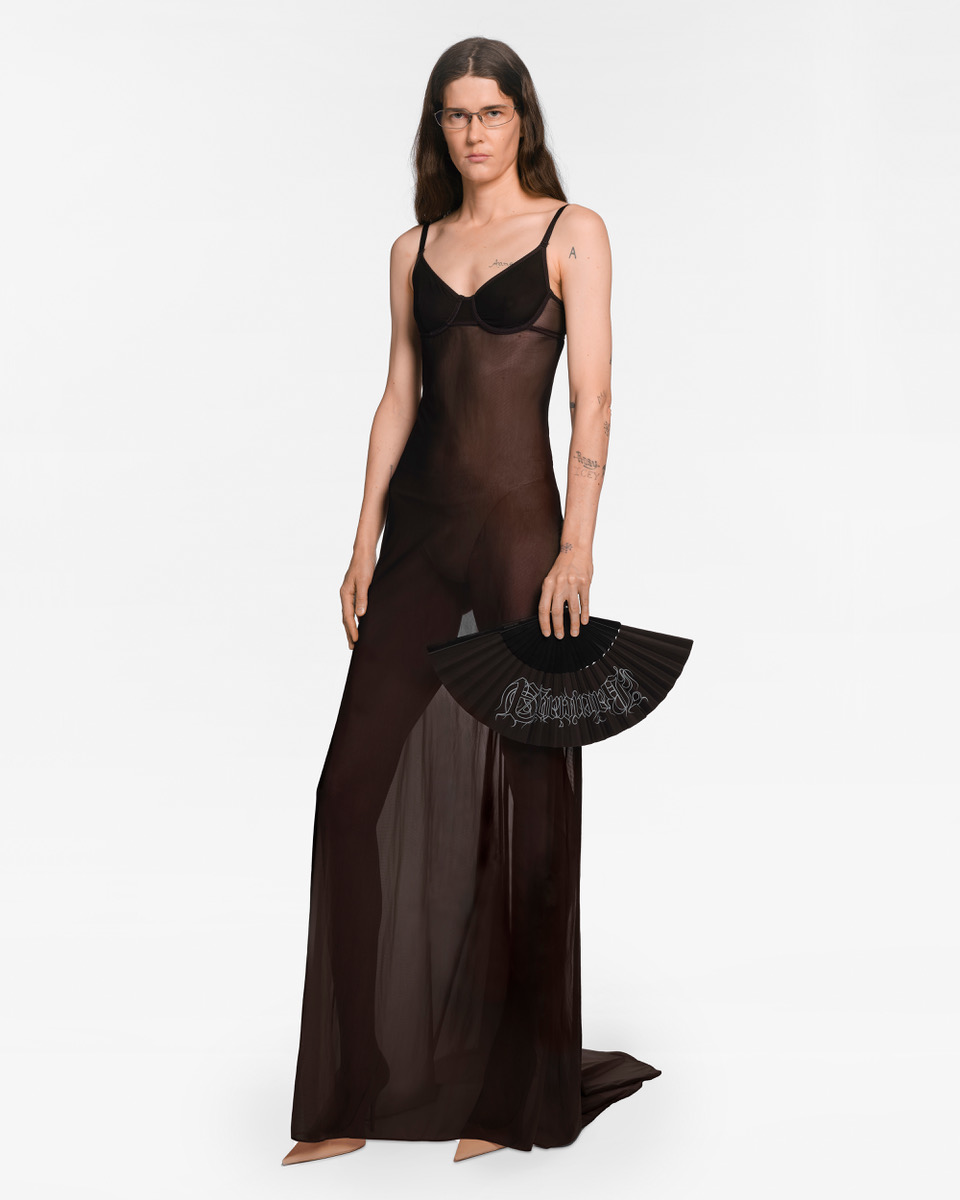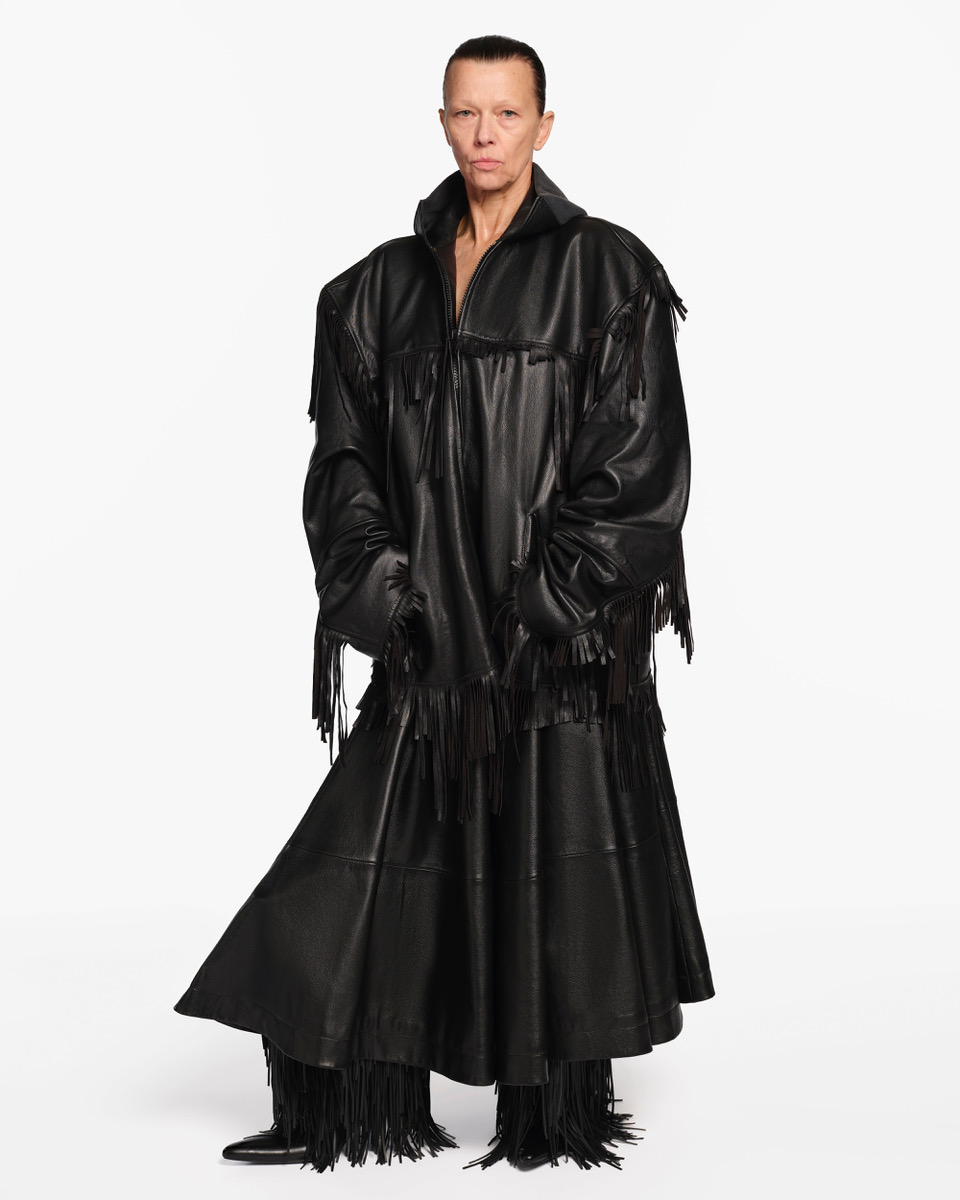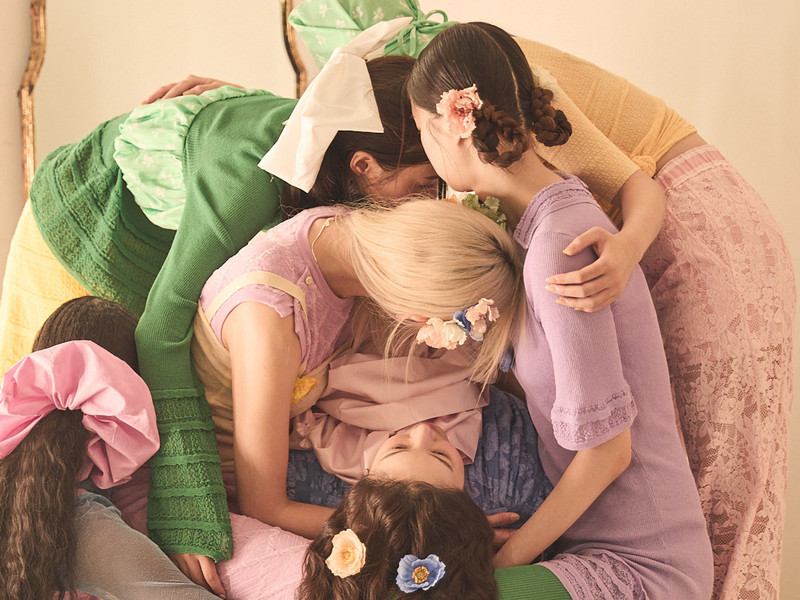The Legacy of Patrick Kelly
I’ve always thought that Patrick Kelly was fab. My mom was the shit in the 80’s, so she put me on to every designer who has ever mattered and Patrick was one of those people. Like my mother, Patrick was definitely the shit in the 80’s. He designed sportswear for Benetton, dressed a wide range of women from Grace Jones to Princess Diana, and had runway legends like Naomi Campbell and Iman walk for him. He made a huge impact in his lifetime and is rarely if ever mentioned among great designers like Azzedine Alaïa and Jean Paul Gaultier, who, along with Patrick, shook up the stuffy french fashion scene in the 1980s.
Patrick Kelly was born in Vicksburg, Mississippi and studied Art History and African-American history at famed HBCU Jackson State University. Shortly thereafter he moved to Atlanta and began working as a window dresser at the Yves Saint Laurent Rive Gauche boutique. While moonlighting at a modeling agency in town, Patrick met legendary model Pat Cleveland, who encouraged him to move to New York City to chase bigger bags. While trying to make it in New York Patrick was completely shut out of the the city’s fashion scene. He began studying at Parsons School of Design shortly before moving to Paris in 1979.
Struggling upon arrival in France, Patrick began making clothes for a nightclub to sustain himself while finding his footing as a designer. He did some freelance design work for Spanish couturier Paco Rabanne, known for his use of unconventional materials. Patrick finally caught a significant break in Paris when he sold a line of sumptuous wool dresses to Victoire, a prominent French retailer, which lead to him being co-signed by French Elle (which was also the shit in the '80s), culminating in the showing of his first official prêt-à-porter collection shortly after.


Patrick blended the French haute couture sensibilities of designers like Yves Saint Laurent, Coco Chanel, and his personal favorite Madame Grès, but the biggest influence in his work was his grandmother and the black southern women he grew up seeing in church. His grandmother, who worked as a maid, used colorful mismatched buttons when repairing his clothes as a child, inspiring him to adorn his super-sexy body conscious jersey dresses with brightly colored buttons; I’ve seen this technique used by many designers since then, most notably by Jeremy Scott in his Fall/Winter 2009 collection. Patrick told People Magazine in 1987 that “ The black Baptist church on Sunday, the ladies are just as fierce as the ladies at Yves Saint Laurent haute couture shows.” and I have to agree. African American women, especially ones from the south, always dress with a lot more flair and that sensibility was something that Patrick brought with him to Paris and a black man designing couture collections with primarily black women in mind was something that was unheard and definitely not happening anywhere else in Paris.
Another hugely influential woman in Patrick Kelly’s life was screen legend Bette Davis, to whom he was introduced on Christmas Eve in 1986 by his press attaché Kathryn Sermak, who had previously worked as Ms. Davis’ personal assistant. Famously, Davis would later wear a slinky black dress that featured Patrick’s signature multi-colored buttons, complete with a matching hat, on the David Letterman Show, where she proudly announced to the audience that she was wearing Patrick Kelly. Bette Davis singing his praises on late night television helped him secure financial backing from the apparel manufacturer Warnaco. Thanks to the support of prominent figures in the French fashion scene like designer Sonia Rykiel and Yves Saint Laurent’s long time business partner Pierre Bergé, Patrick became the first black person and the first American designer to ever be accepted into the Chambre Syndicale du Prêt-à-Porter des Couturiers et des Créateurs de Mode in 1988, further cementing him as one of the designers of the moment. He did what no American designer before him ever did in only three years after showing his first collection.
Patrick Kelly wasn’t the type of designer to shy away from controversy; he explored many anti-black stereotypes in his collections. Patrick owned an extensive collection of black memorabilia and he used many of those images in his work. There were black women wearing watermelon hats, literal Aunt Jemima dresses, and images of smiling black faces with big red lips covering his skin-tight dresses. Such a face would later become his logo, first seen in his Spring/Summer 1986 collection. His runway shows triggered a wide range of emotions from critics and customers alike; in many cases, this imagery made people justifiably uncomfortable. Naturally, much of his white clientele stayed far away from anything he made that had a shiny black face with big red lips on it.
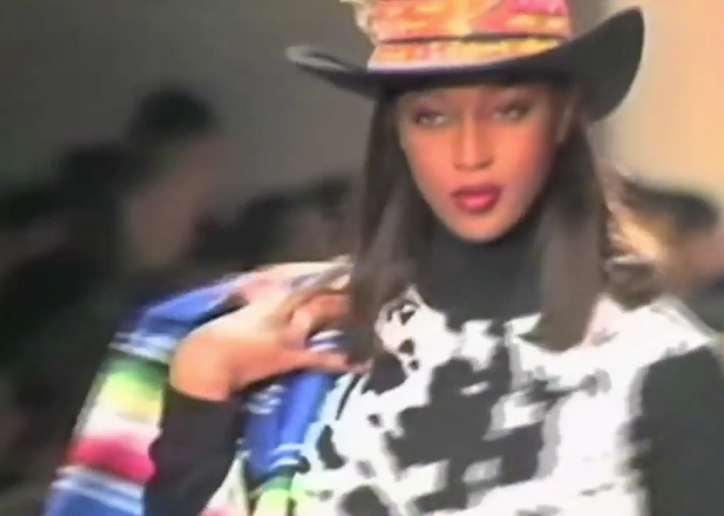
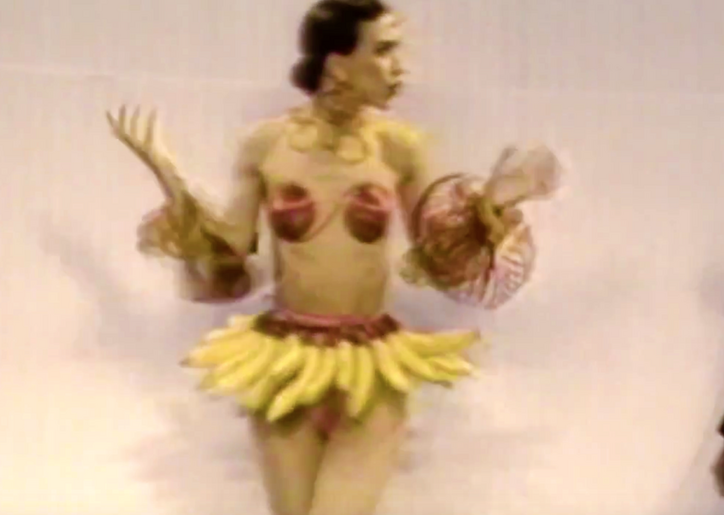
The racist black memorabilia Patrick loved was something that became increasingly popular amongst black collectors in the 1980s. Many black people, including a few of my own aunts, thought of it as a way to preserve our histories. Given that the preservation of racist memorabilia was a hot button issue in the black community, Patrick’s re-appropriation of racially charged imagery and the placement of it on bags and dresses available for sale was something that turned more than a few heads. Patrick embraced the caricatures as part of our unique African-American culture. U.S retailers refused to buy his ‘golliwog’ prints and Warnaco asked him to stop using his polarizing logo altogether. Patrick had the space to engage with his race via fashion in a way that isn’t possible for black creatives now, partially due to fear of backlash and because of how his more controversial work was received.
Patrick was on the verge of establishing himself as a major force in fashion before he sadly passed away from AIDS-related complications on January 1, 1990. He created many beautiful things and opened many doors in the five years he showed in Paris. Throughout his short life Patrick managed to accomplish so much for which he rarely receives praise from anyone outside of the girls who knew what was up back in the day. Patrick was a precursor to what we started to see in the late 90’s with urban streetwear labels like FUBU and Sean John; he capitalized off of his marginalized identity. Like many poppin’ black streetwear labels that came after him, Patrick fully embraced his blackness and wasn’t afraid of glamour. His application of racially-charged imagery mirrors the way that today’s black designers incorporate cultural motifs that black people are maligned for wearing; du-rags, long nails, door knocker earrings, and athletic wear. Obviously these exist in a different cultural context from blackface imagery, but still represent a stripped down aesthetic of blackness, symbols of a counterculture, repackaged for consumption.
On the surface, Patrick’s complicated legacy looks to be one of triumph and broken barriers. That’s true, but his experiences in the industry are much more like black creatives of today than one would think. He encountered many of the same roadblocks, and even though women couldn’t get enough of his clothes, others in the French fashion scene were dismissive of his talents. Sonia Rykiel, who was a huge supporter of Kelly, said in a phone interview that many of the French designers had “reservations” about his skill level, saying “All we knew was that he did his [button and bow] patchwork thing very well,'' but they eventually took their heads out of their asses and realized that Patrick was making more than just skin tight dresses with buttons on them. He was giving us ‘Business Fish Moments of Whatever’, which is what the girls were screaming for in the ‘80s, and full-on old Hollywood-esque glamour with a contemporary twist that was sexy without taking itself too seriously. When black people do anything we’re always held to a much higher standard than our non-black contemporaries and after reading a lot of the fashion press’ initial criticisms of Kelly’s work, I can’t help but be reminded of how I see fashion people react with the same disbelief to black designers working now. Their skill level is always called into question and they always seem to want an explanation as to why we are in the spaces we are in.

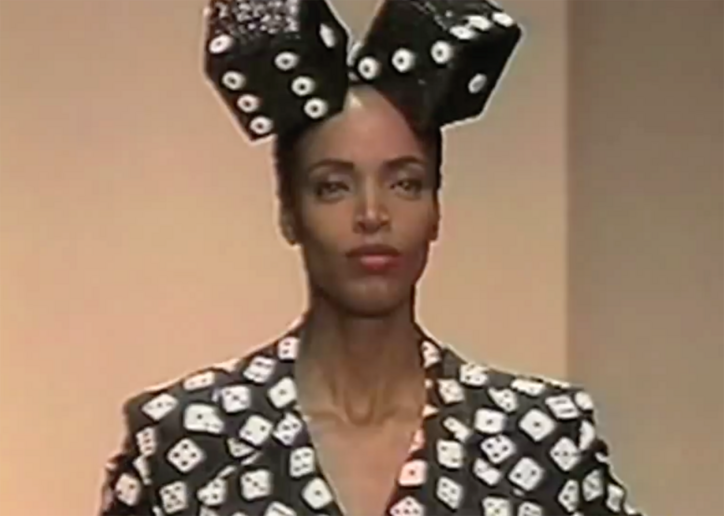
I believe that a more nuanced approach to Patrick Kelly’s legacy is in order, one that doesn’t dismantle his accomplishments, but instead contextualizes them; the industry was forever changed by his impact. Because of the way Patrick carried in his day, we have black designers as the creative directors of French fashion houses like Balmain and Louis Vuitton. Designers like Kerby Jean-Raymond, Carly Cushnie, Pierre Davis, and Telfar Clemens get to show at New York Fashion Week and aren’t getting completely shut out of the fashion scene the way Patrick was.
Many of the discussions centering Patrick’s work are still being carried on by the work of black designers today. Black designers still struggle with not being taken seriously or only being used when the powers that be want to seem inclusive but are otherwise ignored, or, if they are talked about, they are usually being criticized at a much harsher level then their non-black peers. Patrick at the time was able to play with imagery and art from our often comfortless and complicated history in way that no one before or after him has - at least not in the world of fashion. Patrick made it possible for the small amount of black talent working today in all facets of the industry to follow their dreams as fiercely as he did.
Read more from Rashida Reneé here.
